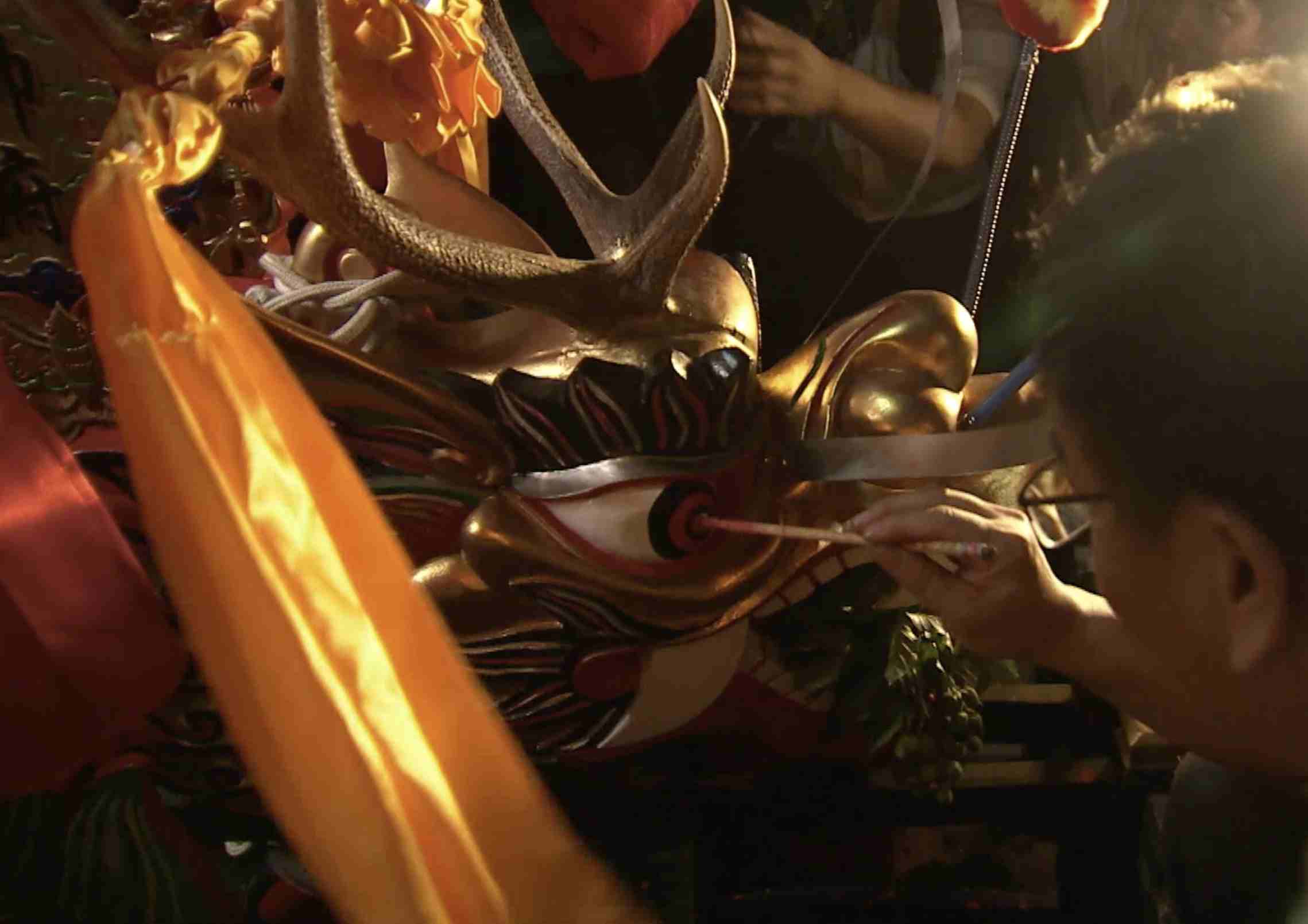
Travel
16:35, 14-Jun-2018
A village that brings dragons to life once a year
By Chang Ting, Min-Zhui Lee
01:10

It’s colorful and chaotic all day long in Guangdong’s Longyan Village on the Pearl River Delta in southern China.
Sleek human-powered watercrafts slice up the waterways to drumbeats, a commentator’s shouts and the cheers of thousands of spectators.
It’s the fifth day of the fifth lunar month – the Double Fifth Festival, known in Mandarin as Duanwu, and internationally as the Dragon Boat Festival. It’s a big deal across the country, and a huge deal in Longyan “Dragon Eye” Village.

The ordinary village is at full capacity every year for the carnival – rowdy crowds and community banquets numbering hundreds of tables – but it hasn’t forgotten age-old rituals and conventions.
In a tiny incense-filled temple, an elder paints the eye onto dozens and dozens of wooden dragon heads, bringing them to life. They are carried by chanting teams to ancestral halls for prayers and luck, stopping at every shrine for blessings and red packets of money. Then, they are installed onto the front end of the boats in preparation for the races.

But how did this all begin? The most widely accepted story about the 2,000-year-old festival’s origin is that it commemorates the death of poet and minister Qu Yuan (340-278 B.C.), of the ancient State of Chu.
When the king decided to ally with the increasingly powerful State of Qin, Qu Yuan was accused of opposing the move and exiled. Twenty-eight years later, Qin captured the Chu capital, and the despairing patriot drowned himself in the river. The local people, who greatly admired him, raced out in their boats to try and save him, but never found the body.
It’s a sad tale, but today, a happy commemoration of folk culture. And where can one experience perhaps the best of the Dragon Boat Festival? Well, Longyan “Dragon Eye” Village, of course.

SITEMAP
Copyright © 2018 CGTN. Beijing ICP prepared NO.16065310-3
Copyright © 2018 CGTN. Beijing ICP prepared NO.16065310-3